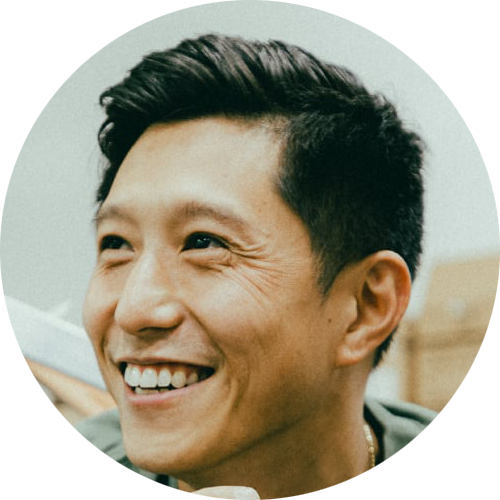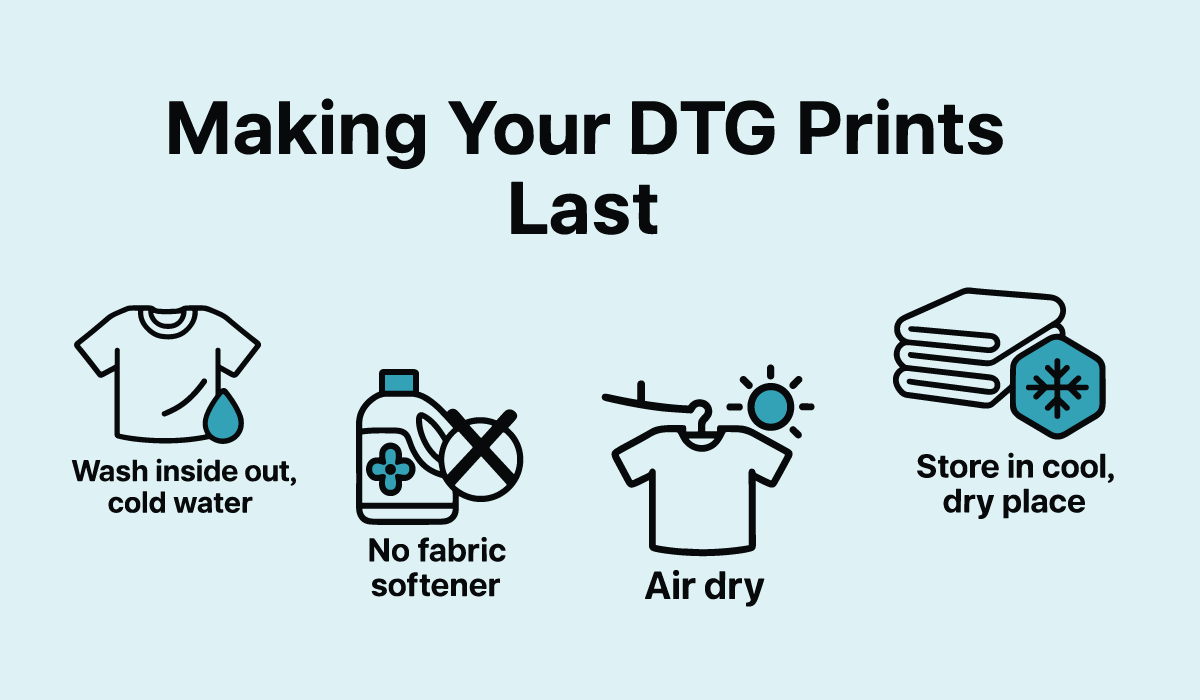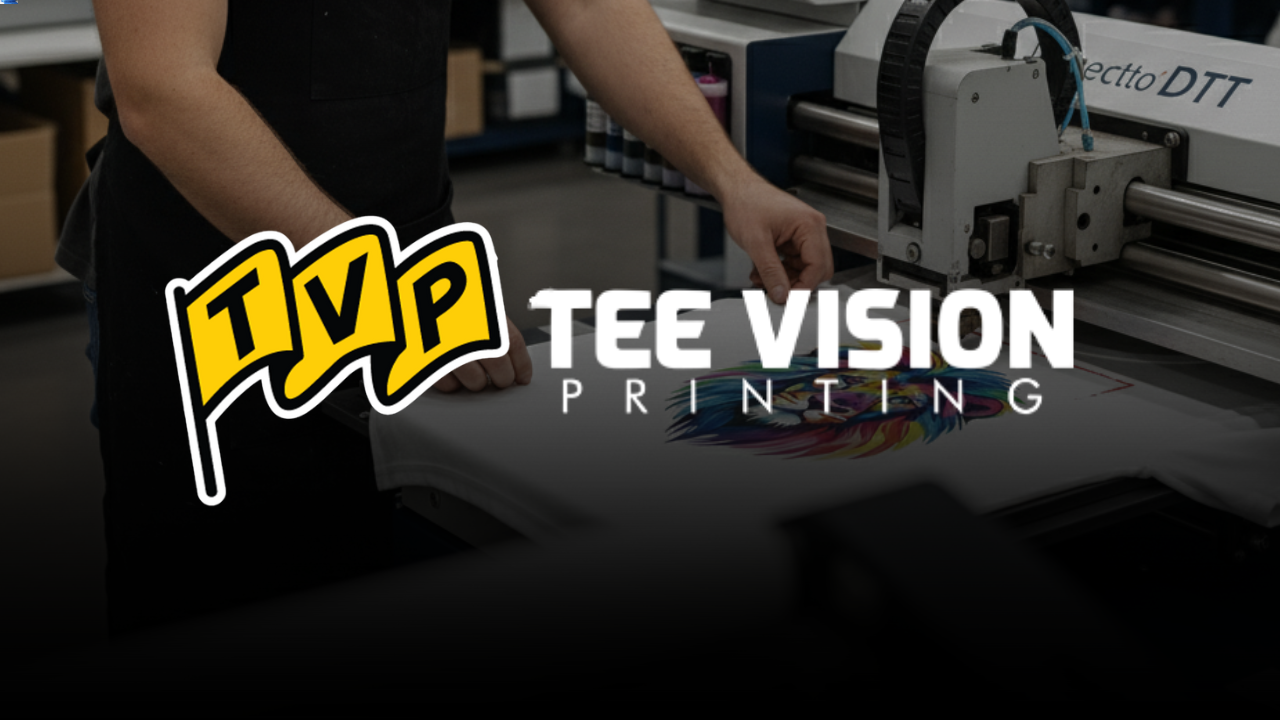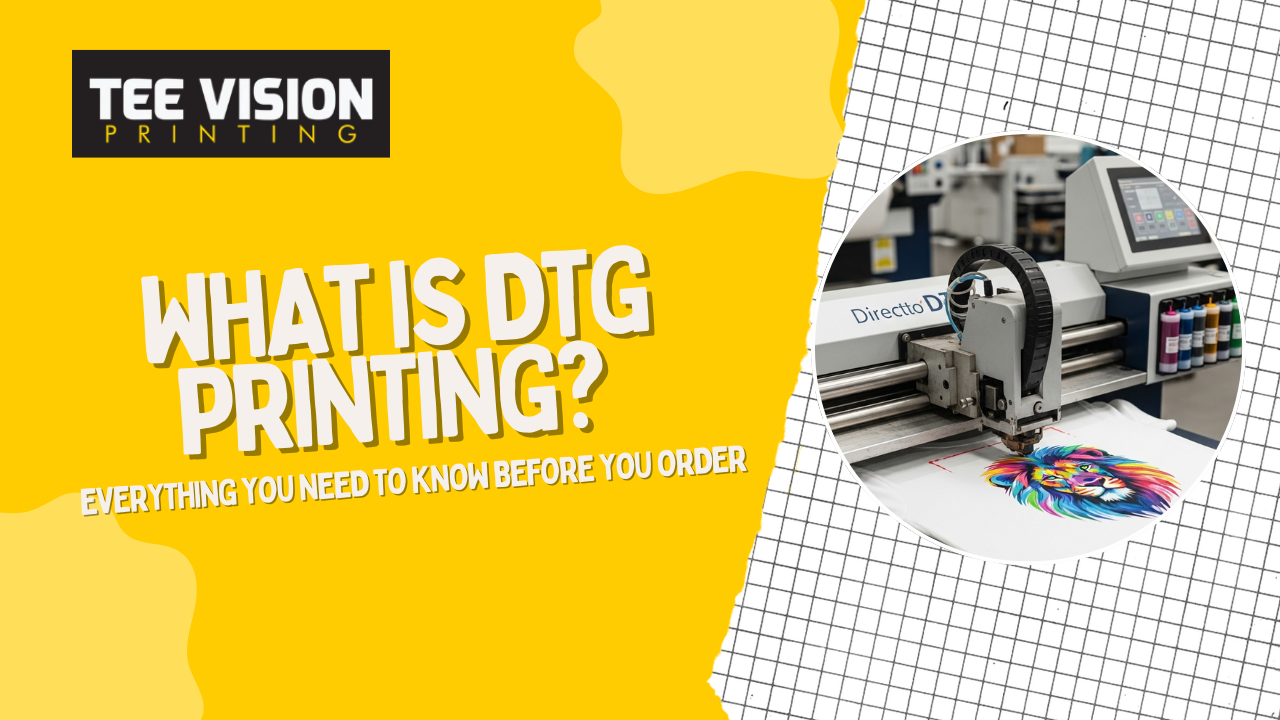What is DTG Printing? Everything You Need to Know Before You Order

The Custom Apparel Revolution is Here
Custom apparel has completely transformed how we express ourselves through clothing. From small businesses creating their brand merch to artists selling limited edition designs, everyone wants unique pieces that tell their story. That's where DTG printing comes in, offering a game changing solution for bringing detailed, vibrant designs to life on fabric.
Direct to Garment (DTG) printing is basically like having a super advanced inkjet printer for your t-shirts. This guide will walk you through everything from how it works to whether it's the right choice for your next custom apparel project.
Understanding DTG Printing Technology

DTG printing works by spraying water-based ink directly onto fabric using specialized printers. Think of it as your home printer, but instead of paper, you're printing on shirts, hoodies, and other garments. The technology has come a long way since its introduction in the early 2000s, evolving from basic machines that struggled with color accuracy to today's sophisticated printers that can reproduce photographic-quality images.
Unlike traditional printing methods that require screens or transfers, DTG creates your design right on the fabric itself. This means no setup fees, no screens to burn, and the ability to print complex designs with unlimited colors all in one go.
Let’s turn your ideas into wearable masterpieces today. Click HERE to get started.
The DTG Printing Process Explained
The journey from design to finished garment starts with proper file preparation. Your artwork needs to be high resolution (at least 300 DPI) and saved in the right format, typically PNG with a transparent background. Getting the colors right from the start saves headaches later.
Before printing begins, white and light colored garments get a special pretreatment solution that helps the ink bond with the fabric fibers. Dark garments need this step even more since they require a white ink base layer. Once pretreated and dried, the garment goes onto the printer platen, where the magic happens. The printer lays down the ink layer by layer, and finally, everything gets heat-pressed to cure the ink and ensure it stays put, wash after wash.
Why Choose DTG for Your Custom Apparel?

What is the biggest advantage of DTG printing? You can print literally any design you can dream up. Photos, gradients, tiny details, unlimited colors... it all comes out looking crisp and professional. The prints feel soft and breathable because the ink becomes part of the fabric rather than sitting on top like vinyl or plastisol.
For small businesses and creators, DTG printing eliminates the hassle of inventory management. You can offer dozens of designs without keeping stock on hand, and there's no pressure to order hundreds of pieces just to get a decent price. Plus, with water-based inks becoming the standard, it's one of the more environmentally friendly printing options available.
Understanding the Limitations
While DTG printing rocks for many applications, it's not perfect for everything. Cotton and high cotton blends work best because the ink needs natural fibers to absorb properly. Polyester and synthetic fabrics? Not so much. The ink just doesn't bond the same way, leading to faded or washed-out-looking prints.
Cost-wise, DTG makes sense for smaller orders, but once you start needing hundreds of the same design, screen printing becomes more economical. Production speed is another consideration. Each shirt takes several minutes to print, so if you need 500 shirts by tomorrow, DTG probably isn't your answer.
Comparing DTG to Other Printing Methods
DTG (Direct to Garment) Printing
Best for small batches and detailed, full‑color artwork.
Excels at complex designs with gradients and fine details.
Less cost‑effective for large runs; works best on cotton garments.
Screen Printing
Ideal for large orders with simple designs like logos or text.
Very durable and cost‑effective at volume.
High setup costs make it less practical for small batches.
Heat Transfer Vinyl (HTV)
Creates a raised, glossy finish that some people love.
Great for personalization and small runs.
Can crack or peel over time; heavier feel on the garment.
Sublimation
Produces permanent, vibrant prints that won’t crack or fade.
Works best for all‑over designs on polyester garments.
Limited to polyester fabrics, reducing garment options.
Still undecided on what printing method is best for your project? CONTACT US and we’ll happily help you choose the right custom printing service.
Selecting the Perfect Garment

The foundation of a great DTG print starts with choosing the right garment. Pure cotton or cotton dominant blends (at least 80% cotton) give you the best results. The smooth surface of ring spun cotton creates an ideal canvas for detailed designs, while rougher textures might cause the ink to spread unevenly.
Color matters too. Light colored shirts showcase designs beautifully without any special treatment, while dark garments need that white underbase we mentioned earlier. This extra step can slightly change how colors appear, so keep that in mind when selecting shirt colors for your design.
Have you picked the perfect fabric for your artwork yet? If not, CLICK HERE to browse our collection of high-quality apparel specially curated for your custom printing needs.
Design Tips for DTG Success
Creating artwork for DTG printing requires some thought about how digital designs translate to fabric. High resolution files are non negotiable... anything under 300 DPI will look pixelated and amateur. PNG files with transparent backgrounds work best, especially if you want the shirt color to show through parts of your design.
Color management can get tricky since monitors display colors differently than how they print on fabric. What looks bright and vibrant on screen might print slightly muted, especially on dark garments. Many DTG printing services offer color matching or sample prints to help nail down exactly what you want.

Struggling to create designs for your custom printed T-shirts? Don’t hesitate to CONTACT US! Our expert designers are here to refine your vision or create something new to match your brand.
What Affects DTG Printing Costs
Several factors influence the final price of your DTG printed apparel. The garment itself is the starting point, with premium brands and specialty items costing more than basic tees. Design placement and size matter too. A small chest logo costs less than a massive full front design because it uses less ink and takes less time to print.
Order quantity plays a role, though not as dramatically as with screen printing. Most DTG printers offer slight discounts for larger orders, but you won't see the huge price breaks that come with traditional printing methods. Rush orders and expedited shipping obviously bump up the total, so planning ahead saves money.
Making Your DTG Prints Last

Taking care of DTG printed apparel isn't complicated, but a few simple steps make a huge difference in longevity. Turn garments inside out before washing and stick to cold water with mild detergent. Skip the fabric softener since it can break down the ink over time.
Air drying is ideal, but if you use a dryer, keep it on low heat. High temperatures can cause the ink to crack or fade prematurely. Store printed garments in a cool, dry place, and avoid folding directly on the printed area when possible.
When DTG Printing Makes Perfect Sense
DTG printing shines for print-on-demand businesses, allowing you to offer countless designs without upfront investment. Artists love it for reproducing detailed artwork on apparel, maintaining every subtle gradient and fine line. Small businesses use it for employee uniforms when they only need a dozen shirts, not hundreds.
Special events, family reunions, and commemorative items are perfect DTG applications. You can create truly unique pieces without worrying about meeting minimum quantities. Band merch, photographer portfolios on shirts, and limited edition drops all benefit from DTG's flexibility and quality.
Ready to Bring Your Designs to Life?

DTG printing opens up incredible possibilities for custom apparel, especially when you need flexibility, detail, and smaller quantities. Whether you're launching a clothing line, need merch for your business, or want to create something special for an event, understanding DTG printing helps you make the right choice for your project.
At TeeVisionPrinting.com, we specialize in bringing your creative visions to life through professional DTG printing and other custom apparel solutions. Our team understands the nuances of different printing methods and can guide you toward the perfect approach for your specific needs. From screen printing for large orders to DTG for detailed designs, we've got the expertise and equipment to make your custom apparel dreams a reality.
Visit us today to get started on your next project and see why businesses and creators across the country trust us with their custom printing needs.

